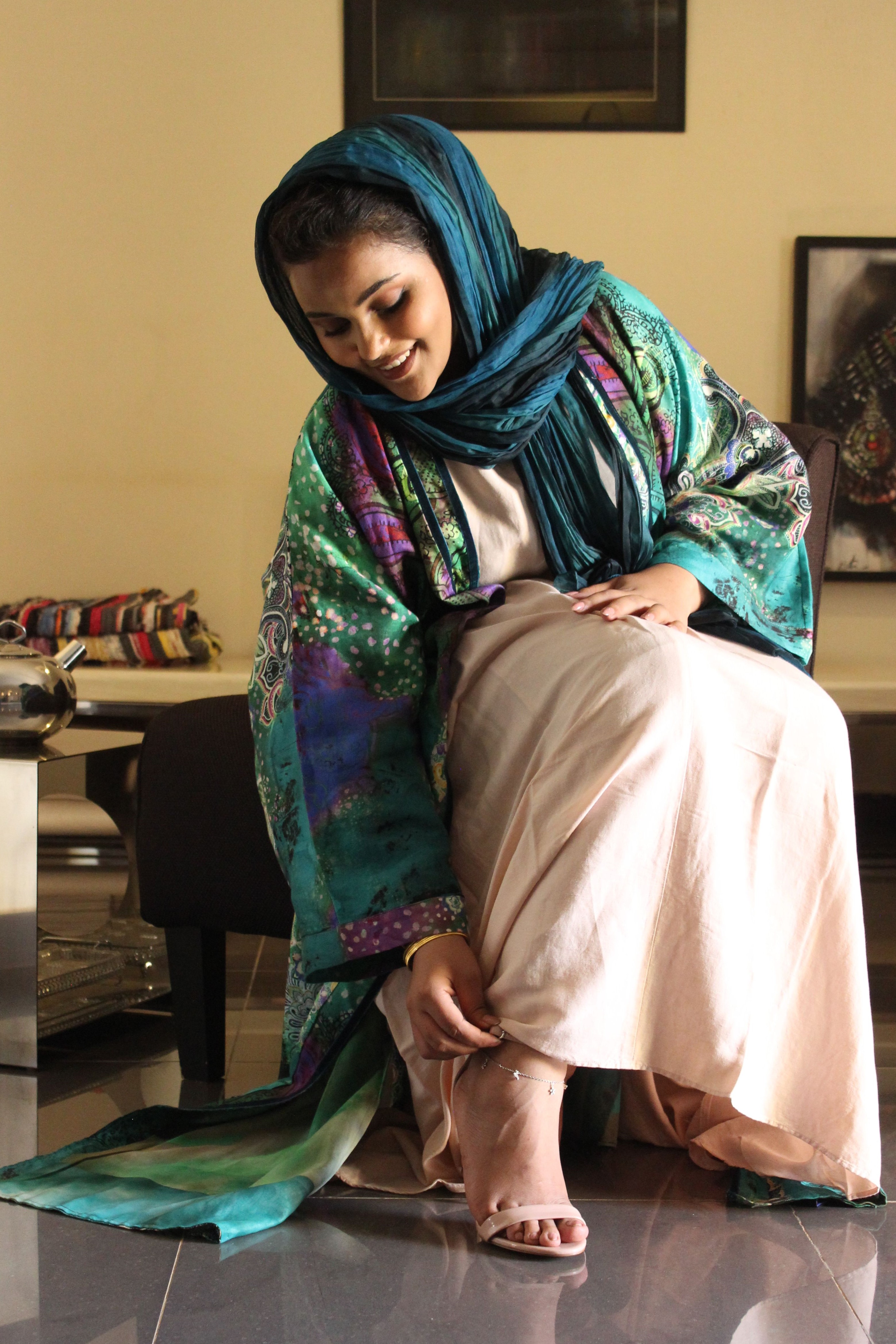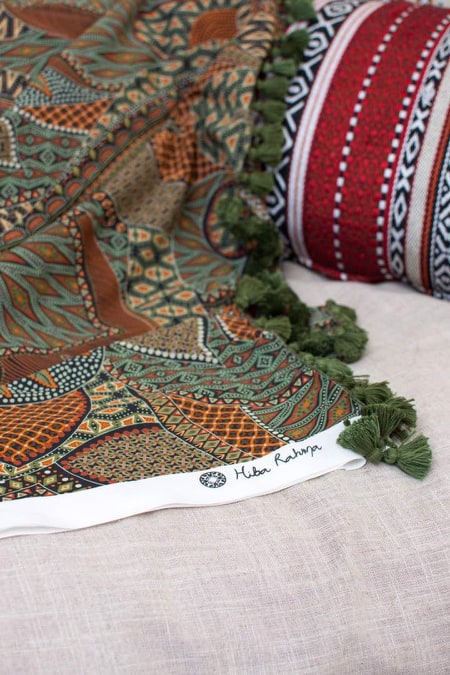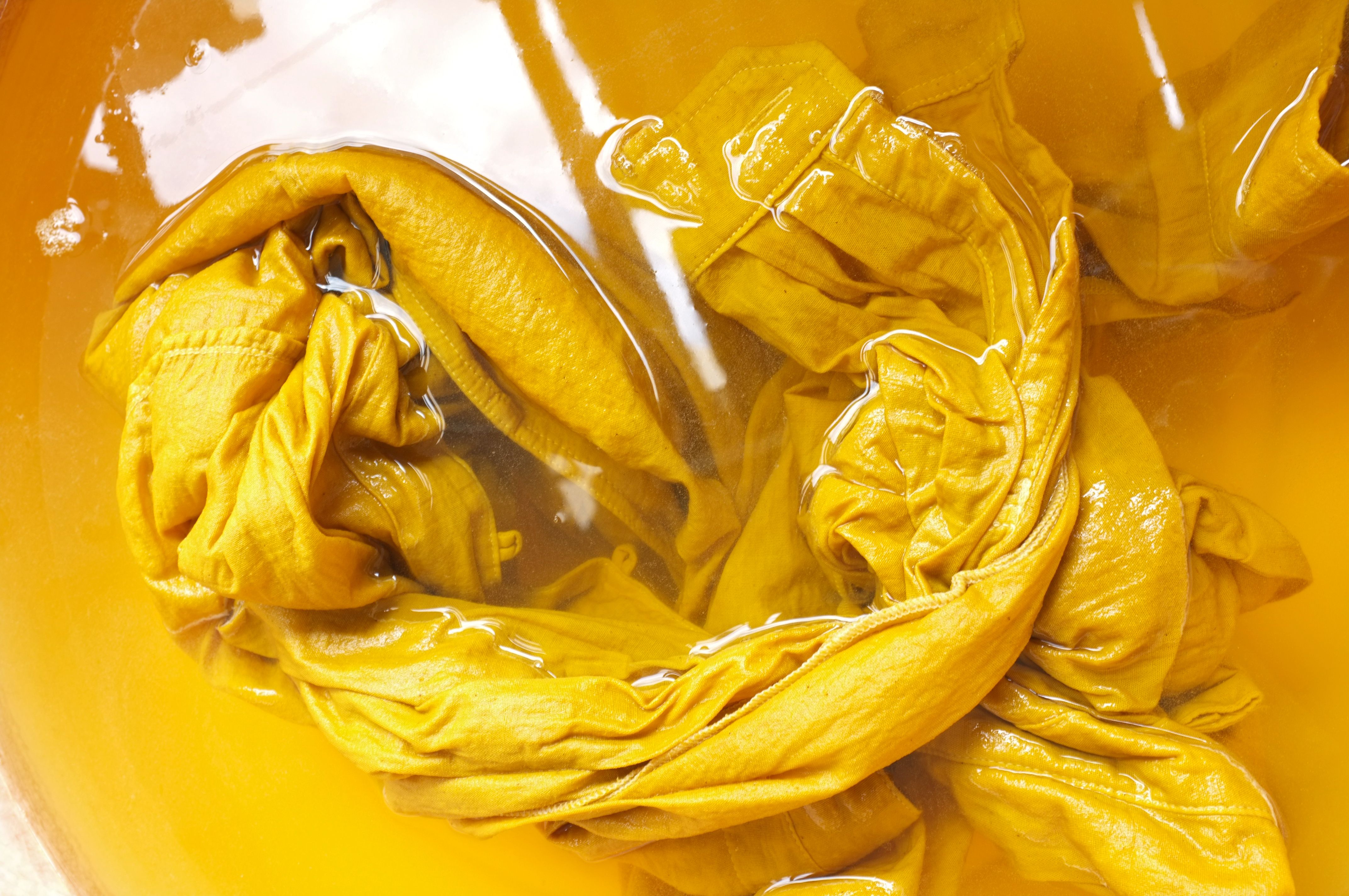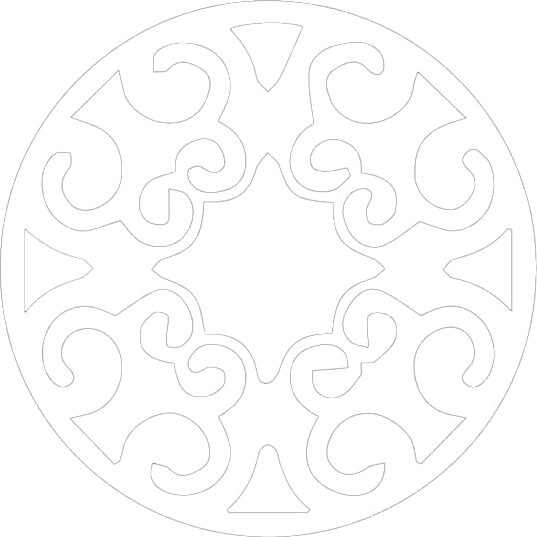
Moda
Moda comes from the French word mode, and it means the prevailing custom or the dress and
decorum in style.
Fashion is a form of self-expression and autonomy. It can be a key part of someone's identity and
individuality.
Fashion is considered a broad source of art. In clothing, it is inclusive of all kinds of fabrics and garments,
bringing together various world cultures from east to west. It denotes one's identity, lifestyle and look.
Moreover, fashion is a broad expression that can be used to describe various styles in areas such as
interior design, architecture, gastronomy, music, politics, sports and many, many fields.
Linen was the most widely used fabric in ancient Egypt. Despite the fact that the Egyptians were aware
of other types of fabric, they preferred linen garments because it was easier to produce due to
appropriate climate and the availability of a prolific source of water, namely, the Nile River.
Linen is a light, durable and elastic fabric which makes it ideal for hot climates.
Being flax-based was the main reason behind its wide spread in ancient Egypt. As ancient Egyptians
believed that animal-based fabrics were unclean.
Despite this, animal-based fabrics, such as wool and leather, were reserved for priests, and the upper
classes of ancient Egyptians.
Throughout different eras, different clothing styles prevailed for both men and women. In seventeenth
century Europe, loose and decorated dresses were the fashion. At the time, France was at the forefront
of European fashion design.
Each era is distinguished by the shape and style of its skirts, dresses, sleeves, open or square collars,
bootcut or straight-leg trousers, general clothes length, and head coverings such as hats and scarfs, as
well as the type of materials used.
In the early 20th century, virtually all fashion trends came out of Paris, and London to a lesser extent.
Fashion magazines from other countries sent editors to Paris Fashion Week, and stores sent buyers to
French fashion fairs, where they bought clothes with the intention of copying them. They openly stole
other designer's styles and fashion choices.
Intellectual property is not applied within the fashion industry as it is in the film and music industries.
Robert Glariston, intellectual property expert at Creative Business House (organization specializing in
fashion and trademarking) mentions in a fashion seminar held in LA that ''Copyright law regarding
clothing is a current hot-button issue in the industry. We often have to draw the line between designers
being inspired by a design and those outright stealing it in different places.''
To ''take inspiration'' from others' designs contributes to the fashion industry's ability to establish
clothing trends. For the past few years, WGSN has been a dominant source of fashion news and
forecasts in steering fashion brands worldwide to be ''inspired'' by one another. Enticing consumers to
buy clothing by establishing new trends is, some have argued, a key component of the industry's
success.
Intellectual property rules that interfere with the process of trend-making would, in this view, be
counter-productive. On the other hand, it is often argued that the blatant theft of new ideas, unique
designs, and design details by larger companies is what often contributes to the failure of many smaller
or independent design companies.
In most cases, clothes provides general information about the economic status and social class of the
wearer, sometimes hinting at his profession (Police man, cook or doctor..!!). They can also express
someone's emotional state, like sadness (wearing black to mourn the dead) or joy (indicated by wearing
white).
Latest Articles
Cotton
2022-08-30
#Gezira_Scheme is one of the most important gravity irrigation schemes in Sudan. It was established… Read moreWeaving in Sudan
2022-08-23
The textile industry is an old industry in Sudan. It started as a traditional rural… Read moreHand Embroidery
2022-08-01
#Embroidery is the craft of decorating fabric or other materials using a needle to apply… Read moreTextile Printing
2022-08-29
The first printed textiles were produced in India and China more than four thousand years… Read moreNatural Dyes
0000-00-00
Most natural dyes are derived from plant sources such as barks, berries, flowers, leaves, and… Read moreHiba Rahma © 2025 - All rights reserved.







